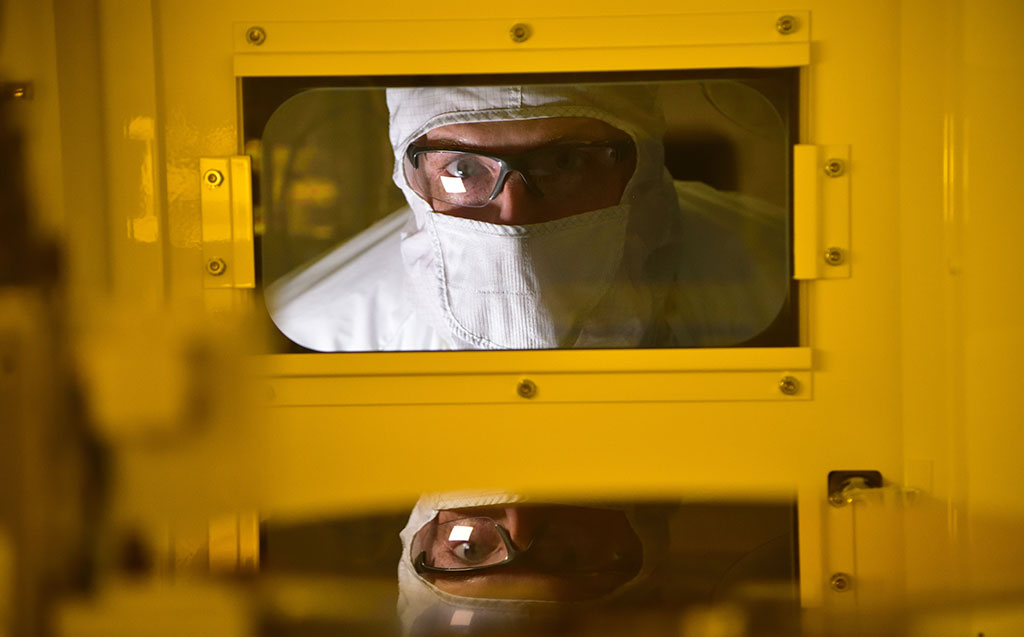For the first time in a quarter-century Intel is not the top semiconductor vendor
That distinction now belongs to Samsung.

It is no longer accurate to refer to Intel as the world's top semiconductor player, at least in terms of sales and market share, according to Gartner. After 25 years on the throne, Intel's reign has come to an end, yielding the semiconductor crown to Samsung amid a booming memory market.
"2017 saw two semiconductor industry milestones—revenue surpassed $400 billion, and Intel, the No. 1 vendor for the last 25 years, was pushed into second place by Samsung Electronics," said George Brocklehurst, research director at Gartner. "Both milestones happened due to rapid growth in the memory market as under-supply drove pricing for DRAM and NAND flash higher."
We've lamented on multiple occasions that memory pricing is up significantly over the past year or so, with many DDR4 RAM kits having doubled in price, or more. It's a tough situation for DIY builders and anyone looking to upgrade, but has benefited Samsung to the point where it is now the top semiconductor company.
Whether Samsung can sustain its position at the top remains to be seen. For one, it's barely ahead of Intel—Gartner pegs Samsung's share of the market at 14.2 percent, versus Intel's 14 percent. More importantly, Samsung's lead is highly dependent on a volatile memory market.
"Samsung's lead is literally built on sand, in the form of memory silicon," Gartner analyst Andrew Norwood told Market Watch. Norwood noted that two-thirds of Samsung's semiconductor revenue growth in 2017 came from memory sales.
Market share positioning does not have a direct impact on gaming, though indirectly, it's certainly indicative of the situation as a whole. It's hard to imagine Samsung and other memory chip makers being motivated to ramp up production enough to force significantly lower prices on the market.
It's not just Samsung, either. IHS reported similar figures last month, and pointed to SK Hynix and Micron as enjoying the largest year-over-year revenue growth of all memory chip makers, at 81.2 percent and 79.7 percent, respectively.
Keep up to date with the most important stories and the best deals, as picked by the PC Gamer team.
"A very favorable memory market with strong demand and high prices was mainly responsible for the strong growth of these companies," said IHS analyst Shaun Teevens.
Samsung's ascension to the top is also interesting from a historical perspective. Intel has occupied the semiconductor throne for a quarter-century, dating back to when you could purchase a 486 SX-based PC for around $1,000.
"1992 was a wild and exciting year in the personal computer industry. As demand for the Intel486 microprocessor family grew, we were pressed to keep up. It was a year of unprecedented growth for us, resulting in Intel’s emergence as the largest semiconductor manufacturer in the world," Intel states on its website.
A lot of changed since then, though up until now, Intel's position at the top was not one of them.
Paul has been playing PC games and raking his knuckles on computer hardware since the Commodore 64. He does not have any tattoos, but thinks it would be cool to get one that reads LOAD"*",8,1. In his off time, he rides motorcycles and wrestles alligators (only one of those is true).


